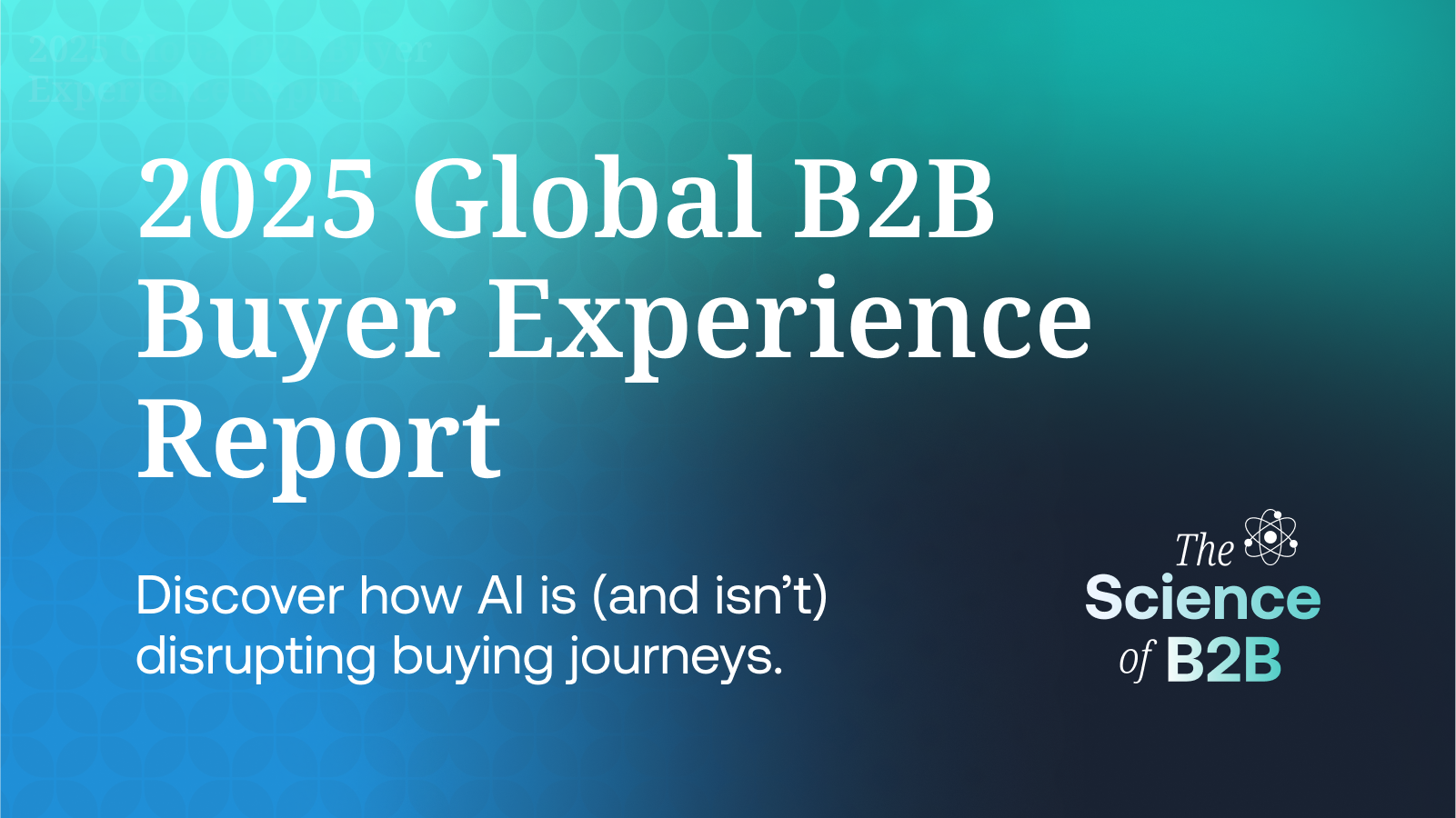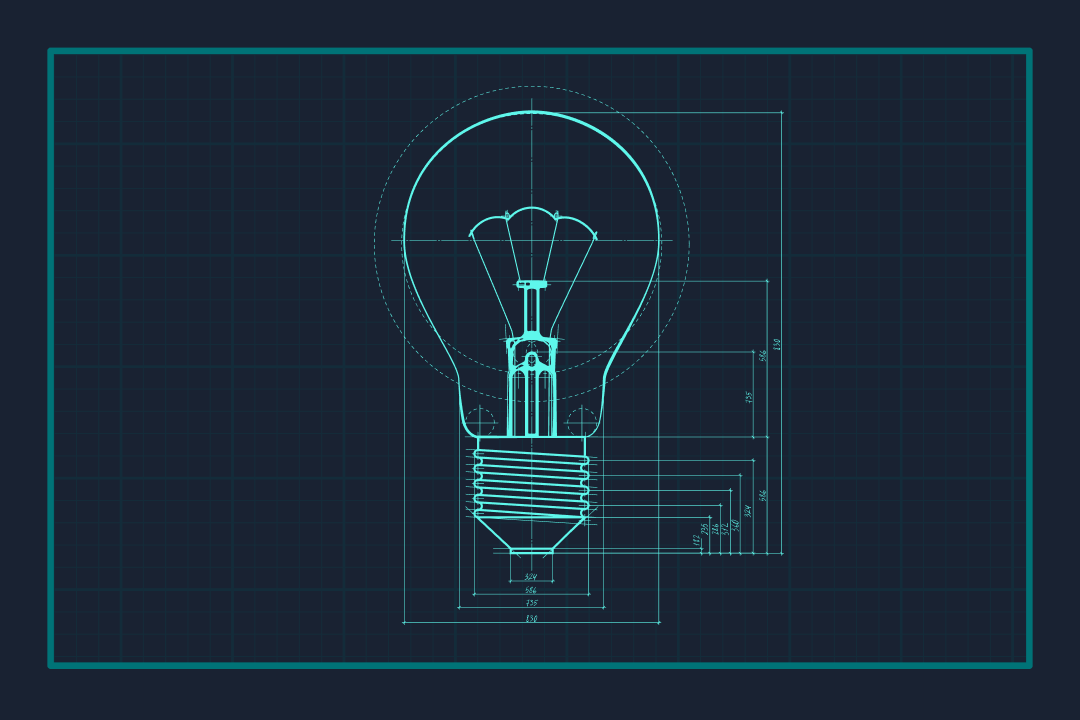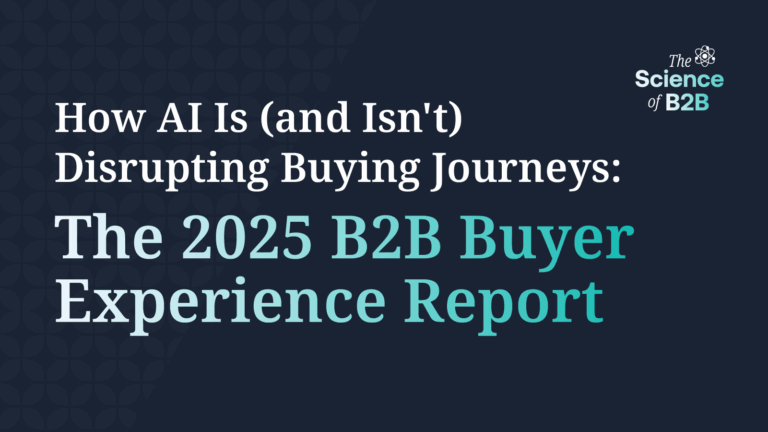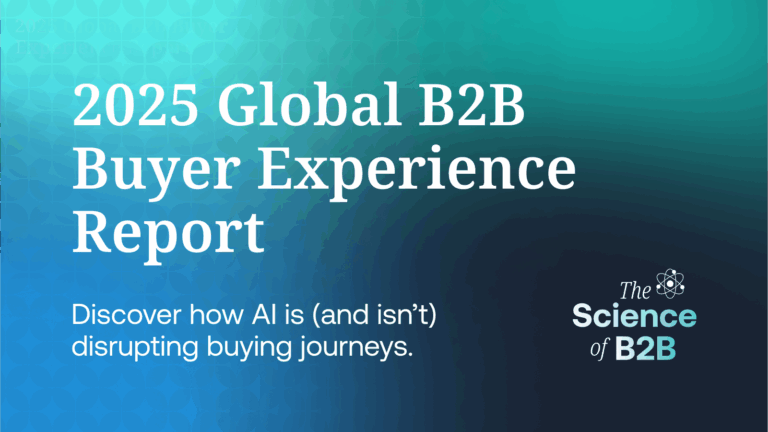6sense Resource Library
Our ABM platform puts the power of AI, Big Data, and ML behind your account-based marketing strategy. Know which prospects are researching your solutions and when they're ready to buy.
We combine the most complete set of B2B data with AI that has been trained for more than a decade on B2B buyer behavior. The result: A clear path to revenue growth, and AI Agents to help you achieve it.
Eliminate guesswork, busy work, and a whole lot of homework. Get more wins thanks to tools that show which accounts are hot and make it easy to find and reach key decision makers.
Easily manage audience segments and run omnichannel campaigns with drag-and-drop simplicity. Prove the value of your work by tying efforts to pipeline revenue and closed deals.
Featured Resources
Key Takeaways: The 2025 B2B Buyer Experience Report
Intercept Accounts Researching Competitors
The challenge Your prospects are quietly researching competitors — and your competition is setting expectations and framing the conversation for...
Less Manual Work, More Marketing Magic: Say Hello to 6sense Intelligent Workflows
If you’re a demand gen manager or marketing ops practitioner, you know the struggle. You’re juggling multiple tools, your data...
All Resources
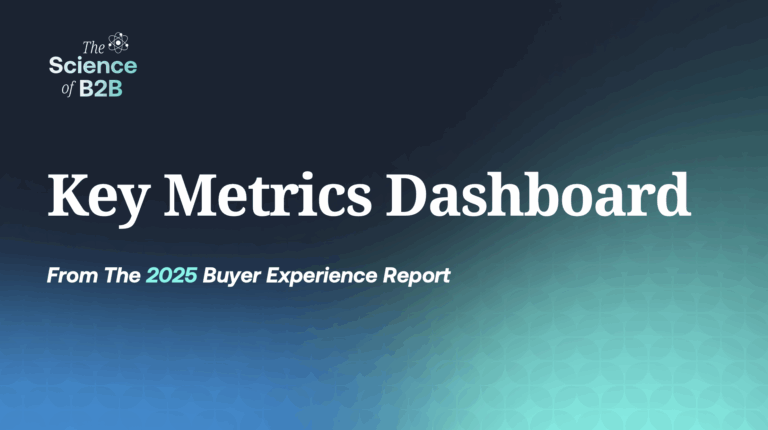
2025 B2B Buyer Experience Metrics Dashboard
Explore Key Metrics From the 2025 Buyer Experience Study Explore a selection of the core metrics from the 2025 B2B Buyer Experience Study. Use the filters to view how key buyer-journey measures vary across solution types, capabilities, regions, and organization size. Please keep in mind that multiple filters can limit the number of respondents displayed. […]

How GenAI and LLMs are Changing B2B Buyer Research, and How to Respond
Ever since ChatGPT entered the business mainstream, B2B marketing circles have been gripped by low-level panic. “All search traffic is going to disappear.” “Buyers won’t visit websites anymore.” “Intent data is dead.” Here’s what 6sense’s actual research on nearly 4,000 B2B buyers tells us: Yes, things are changing. No, it’s not the apocalypse everyone fears. […]
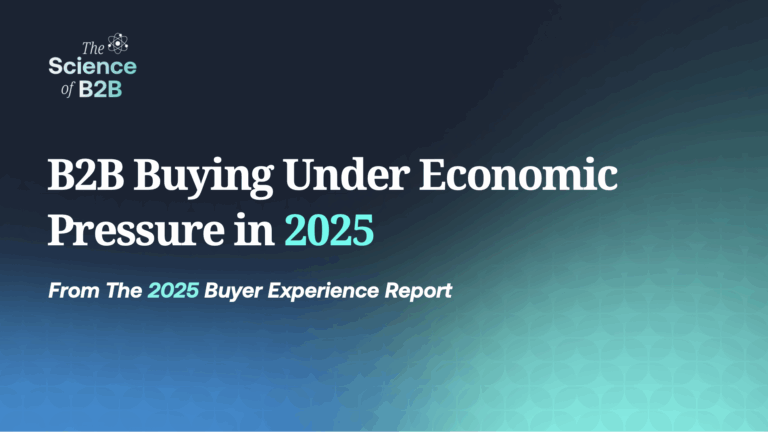
B2B Buying Under Economic Pressure in 2025
Over the past year, economic uncertainty has been a constant undercurrent for many organizations. Headlines about layoffs have dominated professional networks, while ongoing tariff discussions and supply chain pressures have made operating costs unpredictable, while threatening to close off entire markets. And all this is occurring while companies weigh how to optimize (or reduce) human […]
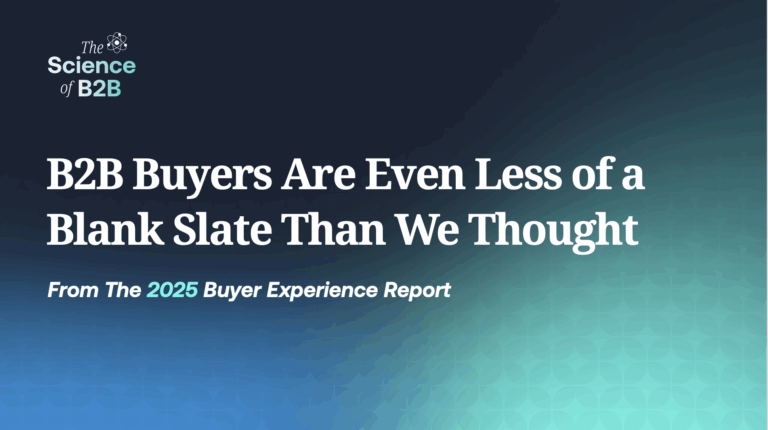
B2B Buyers Are Even Less of a Blank Slate Than We Thought
For years, B2B marketing and sales processes have operated under a convenient fiction: that buyers begin each purchase as neutral participants. They are imagined as starting from scratch— researching what vendors exist, discovering their options, and weighing them on merit alone. The idea is orderly and appealing, suggesting that every vendor has an equal opportunity […]

Getting to Yes: Why Vendors Win & How Buying Groups Agree
Three years of research across nearly 10,000 B2B buyers has shown us that the B2B buyer is a highly experienced group of individuals that has, in many cases, “been there, done that” many times. The average buying group member in our study is around 40 years old and has been through 8 to 9 purchase […]
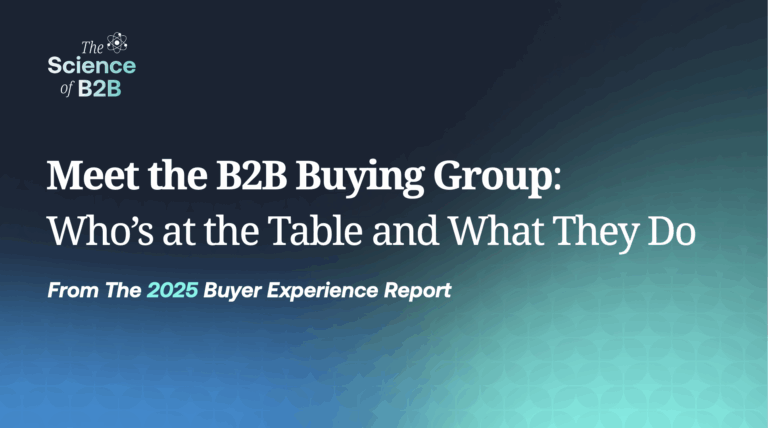
Meet the B2B Buying Group: Who’s at the Table and What They Do
Over the past three years of global research with nearly 10,000 B2B buyers we’ve seen just how many roles and responsibilities buyers shoulder to reach a decision. The average B2B buying journey spans the better part of a year, requires a group of about 10 individuals internally, third-party input, and hundreds of interactions among the […]
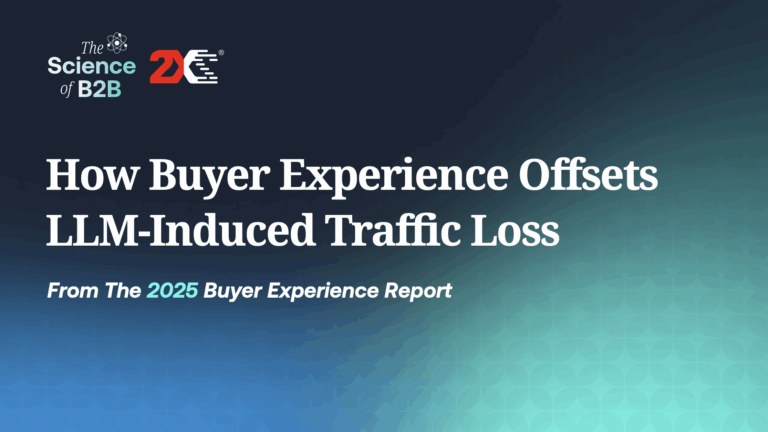
How Buyer Experience Offsets LLM-Induced Traffic Loss
The rise of large language models (LLMs) has sparked new concerns for B2B marketers: if buyers increasingly rely on AI for their solution research, are they still going to visit provider websites? The early indications are that vendor websites are losing traffic. But does that mean fewer opportunities to influence and convert buyers? These are valid […]
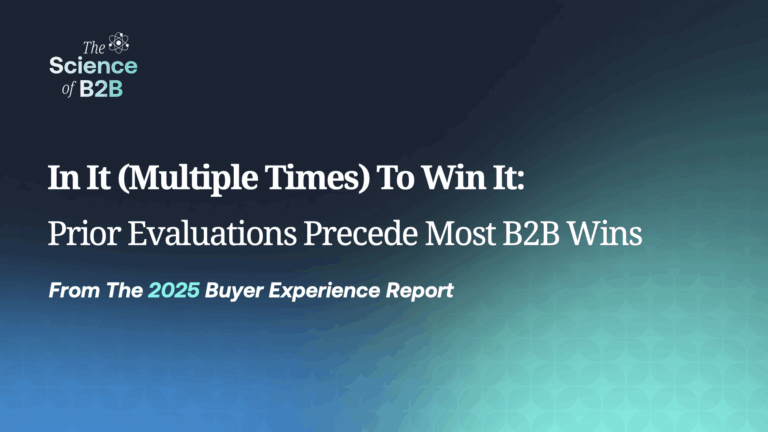
In It (Multiple Times) To Win It: Prior Evaluations Precede Most B2B Wins
B2B buyers are anything but new to buying. On average, in categories that are important to their jobs buyers have been through eight to nine formal evaluations in their careers. Not all of those evaluation cycles led to a purchase — many did not. But even journeys that end without a purchase leave a mark […]

“AI Inside” Is Catalyzing an Earlier Point of First Contact (POFC) for B2B Buyers and Sellers
We call the moment in a buying journey when buyers first engage with sellers or SDRs the Point of First Contact (POFC). In our research, that point proved remarkably consistent across industries, buying roles, deal sizes, and solution types. It was always right around 70% through the buying journey. We went as far as to […]

